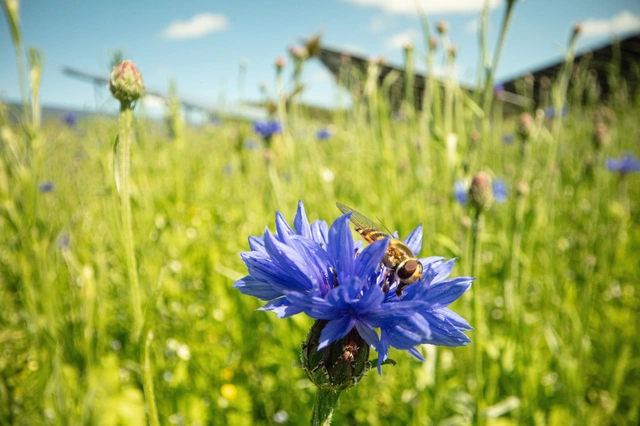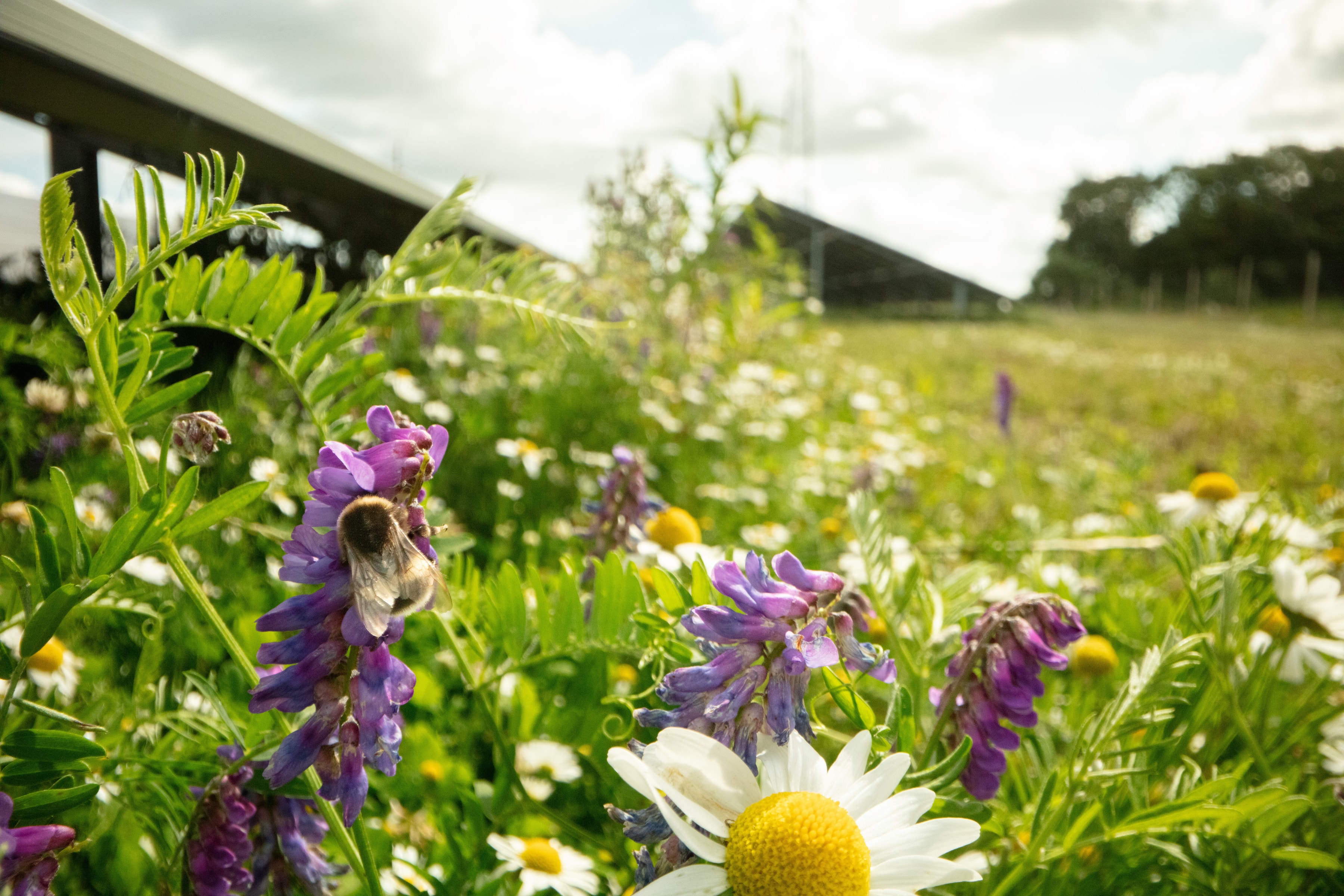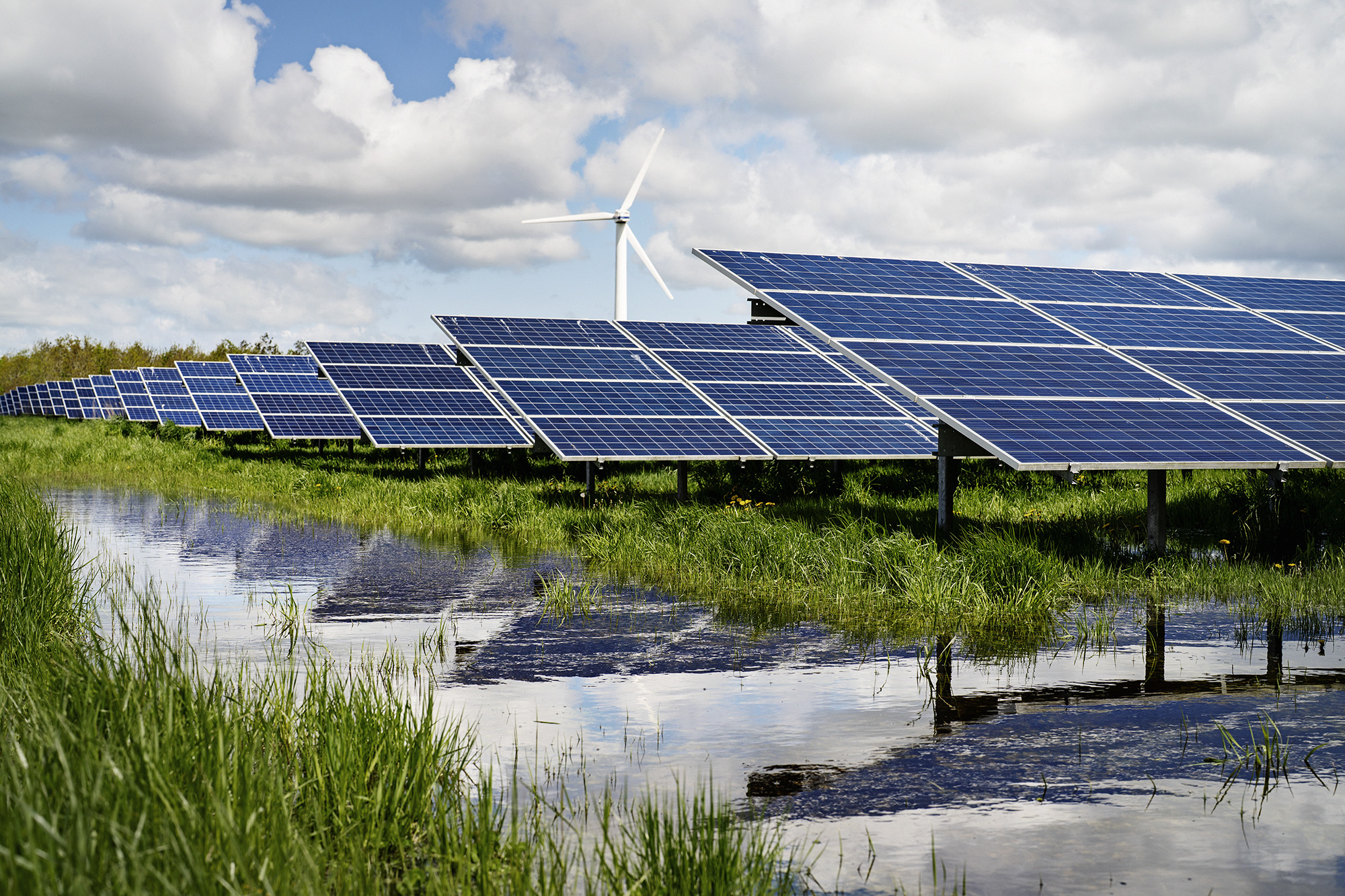Making space for nature in our solar parks
Our solar parks contributes with more than powering the transition to green energy. In many of our parks we are also making space for nature.
Most of the land Better Energy has been building solar parks on in Denmark has previously been used for conventional agriculture. From a nature perspective, these areas of land are typically in a degraded state.
Simply changing how that land is used, converting it to a renewable energy park where land is managed for 30-40 years following organic principles, has a positive effect.
However, we want to go further. Every new solar park calls for consideration of different methods and initiatives. We have a very diverse catalogue of methods we have used to support nature in our solar parks. Not all initiatives are in every park, but on average, it spans from three to eight initiatives.

Multifunctional land use
Many Better Energy solar parks incorporate multifunctional land use such as protecting groundwater, animal grazing and recreational initiatives.
Water habitats
When working with water habitats, our main initiatives are: re-meandering, or in layman's terms restoring, previously piped rivers or streams, re-wetting degraded or drained areas of wetland, or creating new waterholes for animals and plants.
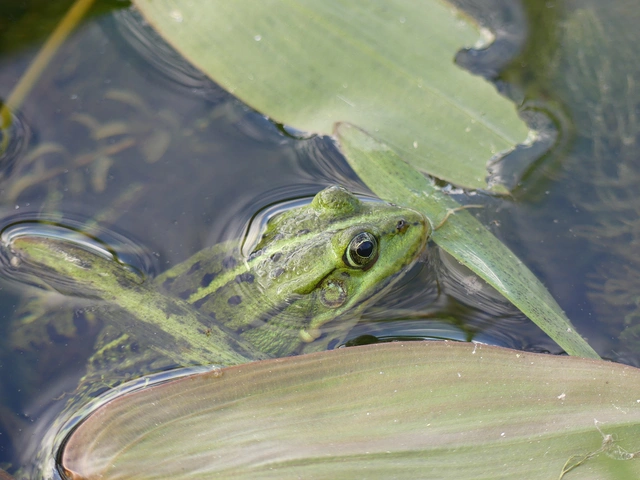
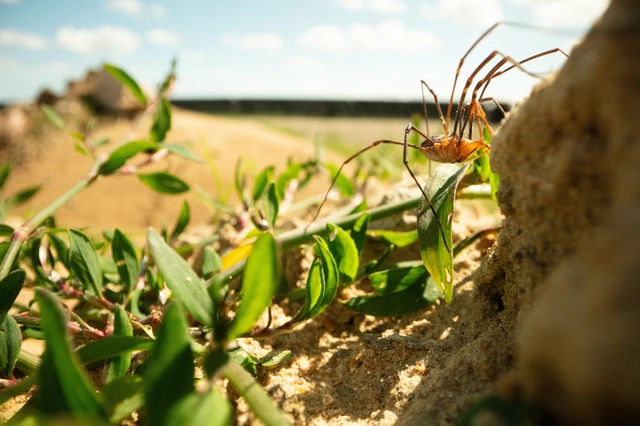
Microhabitats
Microhabitats exist in many forms and are great for improving the lives of smaller creatures such as insects, reptiles, spiders and worms. They support biodiversity and serve as shelters for birds and larger animals. Better Energy has implemented several habitat initiatives in our solar parks.
Vegetation matters to environment
In Better Energy, we have created our own wildflower seed mix that bees in Denmark love. The seed mix is developed for the Danish market and similar enviroments. It provides much needed pollen and foraging for pollinators in the flower deprived agricultural landscape. The mix of 21 native north-European species support pollinators by flowering from June till September.
